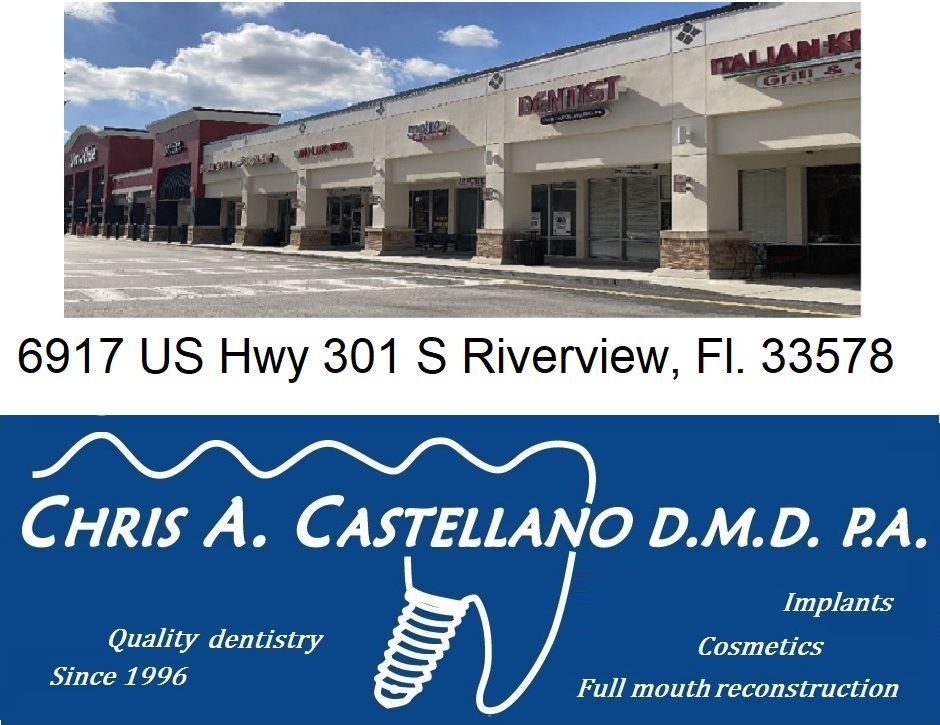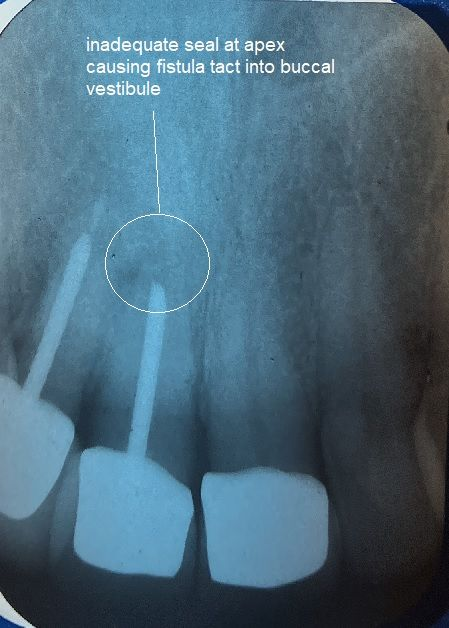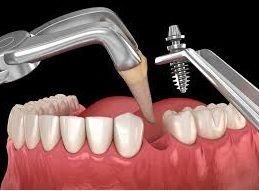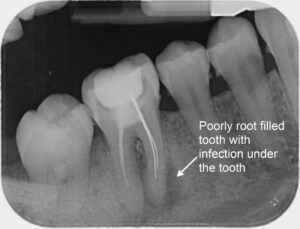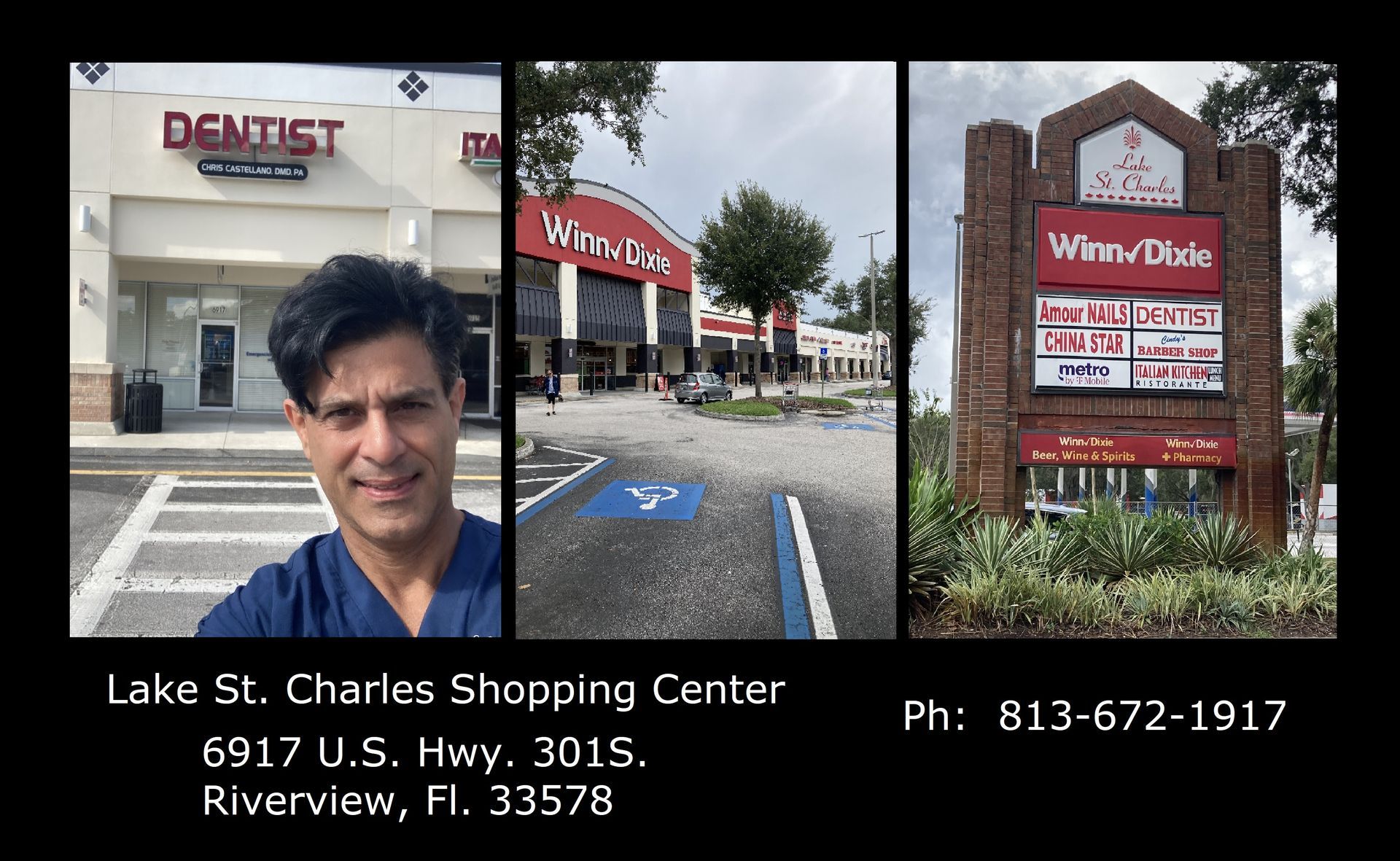Are root canals really painful?

The short answer: they don’t have to be. Thanks to modern techniques and local anesthesia, root canal therapy is often no more uncomfortable than getting a filling.
But let’s take a closer look at what to expect — and when pain might signal a problem.
🦷 What to Expect During a Root Canal
If you’ve been told you need a root canal, don’t panic. The root canal procedure is done to remove infection from inside the tooth, relieve pain, and save the natural tooth.
Most patients feel little to no pain during the procedure, especially when performed by an experienced dentist. We’ve been providing root canals in Riverview, FL since 1999, and patient comfort is always a top priority.
😬 What About After the Root Canal?
Post-treatment discomfort is normal and usually follows a predictable pattern:
- Day 1–2: Mild soreness or sensitivity around the treated tooth
- Day 3–5: Pain may gradually increase, peaking around days 5–6
- Week 2 and beyond: The pain should steadily decrease
- In some cases, mild discomfort can linger for up to 6–8 weeks — this is still within the range of normal healing.
This pain is often due to inflammation in the surrounding tissues, not the tooth itself. Filling depri and bleach are causative agents. As your body clears out the inflammation, the pain should resolve on its own.
Medications common prescribed for pain and infection are:
- Tylenol 3
- Ibuprophen 800
- Amoxicillin 250 or Doxicycline 100
⚠️ When is pain Is a sign of a problem after a root canal?
While some discomfort is normal, severe or persistent pain may mean something isn’t right. Two common complications include:
- Short Fill: The root canals weren’t filled all the way to the tip of the root
- Missed Canals: One or more canals were not treated during the procedure
These issues can allow infection to persist and require further treatment. That’s why follow-up care and communication with your dentist are essential.
Saturday and same day emergency appointments available!
Business Hours
- Mon - Fri
- -
- Sat - Sun
- Closed
